In an age when most sports cars come laden with touchscreens, lane-keeping algorithms, drift modes, and AI-assisted suspension systems, one car has stood largely unchanged in spirit: the Mazda MX-5 Miata. Now entering 2024, this lightweight Japanese roadster remains a beloved anomaly. It has no turbocharger, no flashy AWD system, no adaptive air suspension. And yet, for thousands of drivers across the globe—especially those who consider themselves “purists”—the Miata is not just enough, it’s everything. While supercars gain horsepower and tech-savvy coupes push digital boundaries, many enthusiasts are doubling down on the simple, analog joy of driving that only a car like the Miata offers.
A Machine Built for Emotion, Not Algorithms
The modern automotive landscape leans heavily toward digital innovation. Active safety aids, variable drive modes, AI-powered navigation, and EV torque delivery are increasingly standard across performance vehicles. But in the 2024 Miata, you still get a mechanical handbrake. The steering is electric but tuned for feedback. The chassis is naturally balanced, relying on human intuition, not sensor networks. There’s no launch control. You simply depress the clutch, ease into first, and go.
This tactile purity is exactly what driving purists seek. They’re not chasing lap times—they’re chasing the feeling of connection between driver, machine, and road. Unlike high-tech coupes like the BMW M2, Nissan Z NISMO, or the Tesla Model 3 Performance—which filter driving through layers of computation—the Miata keeps every control surface analog and expressive.
For many, that simplicity is liberating. You don’t need to scroll through settings to unlock the “fun.” It’s baked into the weight balance, the throttle response, and the short-throw gearbox. The Miata doesn’t pretend to be anything more than it is, and that honesty has become its greatest strength.
Lightness as a Philosophy, Not a Spec Sheet
Horsepower sells, but weight defines character. That’s a lesson Miata engineers have never forgotten. While many sports cars push 1,600–1,800 kg with all their tech additions, the 2024 Miata (ND3 refresh) weighs in at just under 1,100 kg. It’s this commitment to lightness that transforms even mundane roads into playgrounds.
Because of its low mass, the Miata doesn’t need 400+ hp to feel alive. Its naturally aspirated 2.0L engine delivers 181 hp—enough to break traction when asked, but never enough to overwhelm the chassis. It’s a car you can push to the edge without constantly fearing disaster.
In a world where speed is easy to buy but hard to control, that balance is critical. The Miata makes fun accessible. Drivers learn car control not through software assistance but through practice. Trail braking into corners, balancing on the throttle through a sweeping bend, catching oversteer in wet conditions—these skills sharpen in a Miata because it invites you to be better, not just faster.
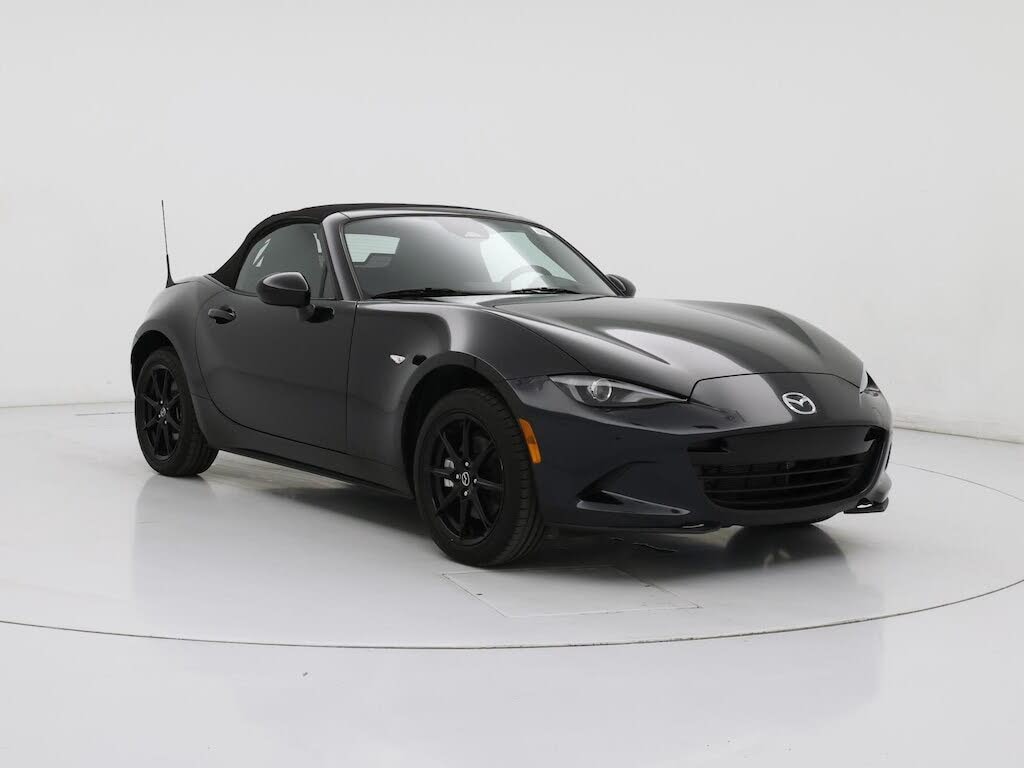
The Community: A Tribe Built on Connection, Not Status
Ask any Miata owner what they love most, and many will say the people. Over the decades, the Miata has fostered one of the most loyal and welcoming car communities on the planet. Track days, weekend mountain runs, wrenching tutorials, and meetups all center around shared love, not status or horsepower.
There’s no ego in Miata culture. Whether you drive a pristine NA with pop-up headlights or a beat-up ND with track scars, you’re welcome. Forums like Miata.net, social groups like “Miata Is Always the Answer,” and countless local clubs offer not only camaraderie but practical support. DIY fixes, performance mods, shared builds—everything circulates freely.
This culture of approachability is rare in the sports car world. High-end brands often foster exclusivity, but the Miata community encourages participation. In an age where car enthusiasm is becoming more expensive and tech-driven, the Miata reminds drivers that passion doesn’t need to come with a premium badge or a software subscription.
Miata Lifecycles and Longevity: A Car That Grows With You
Most modern performance cars are built to be replaced in five years. Tech becomes outdated. Battery packs age. Subscription features expire. But Miatas are often kept for decades. Their simplicity means fewer things to break, and their mechanical layout makes them easy to service at home. Enthusiasts often describe them as “forever cars”—vehicles that evolve with you over time.
Many Miata owners start young, learn on it, mod it, race it, crash it, fix it, and still own it 20 years later. The platform invites a kind of emotional investment that high-tech cars rarely sustain. You don’t just drive a Miata—you build a relationship with it. It becomes a co-conspirator in your automotive journey.
This emotional resilience also plays into resale and legacy. Older generations like the NB and NC have developed cult followings, and Mazda has even committed to supporting older models with factory-restoration programs in Japan. In a disposable world, the Miata is a rare example of automotive permanence.
Why High-Tech Performance Isn’t Always More Fun
Let’s be clear—modern high-tech sports cars are marvels of engineering. Cars like the Porsche Taycan Turbo or Mercedes-AMG EQE deliver numbers the Miata can’t dream of. But purists argue that fun isn’t measured in 0–100 times—it’s measured in grins per corner.
Many high-performance EVs and hybrids offer speed that’s almost clinical. Instant torque and traction control make it easy to go fast—but going fast isn’t the same as feeling connected. Cars like the GR Supra or Mustang Dark Horse offer incredible power but often filter sensation through digital dampers, steering actuators, and torque vectoring systems.
For the driving purist, this can feel synthetic. The Miata, by contrast, is analog in its emotion. It’s slower on paper, but quicker to reward your attention. Every input has consequence. Every corner feels earned. That’s something no algorithm can replicate.
The ND3: Gentle Evolution, Not Radical Reinvention
Mazda’s decision to treat the 2024 ND3 update as an evolution rather than reinvention speaks volumes about their respect for the car’s DNA. The suspension was revised for better feedback. The steering rack recalibrated. Infotainment improved (finally with proper CarPlay), and safety features quietly upgraded. But the core formula? Untouched.
There’s no turbo, no hybrid assist, no AWD option. Purists love this restraint. Mazda is one of the few brands that doesn’t treat its iconic car as a tech showcase. Instead, they preserve its essence. This means a Miata in 2024 feels spiritually the same as one from 1990—just sharper, safer, and more refined.
In a market where car companies often chase headlines by overhauling their icons (hello, electric Mustang), Mazda’s decision to stay the course is quietly revolutionary.
Conclusion: The Miata Is More Than a Car—It’s a Statement
Choosing a 2024 Miata over a high-tech sports car is more than a budget decision or brand preference. It’s a declaration of values. It says you believe driving should be felt, not filtered. That horsepower matters less than harmony. That fun doesn’t require flash. And that the road is more than just a means to a destination—it’s the destination itself.
For the driving purist, the Miata isn’t just a car. It’s the last word in joy. And in 2024, it might just be the only one that still speaks your language.


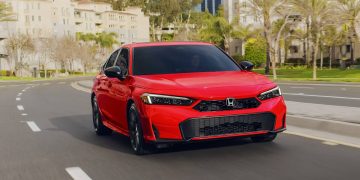
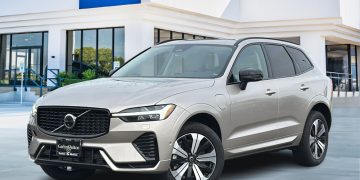


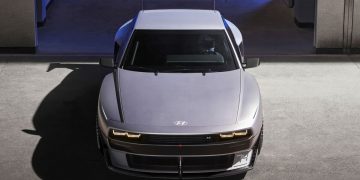


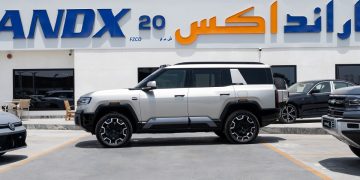











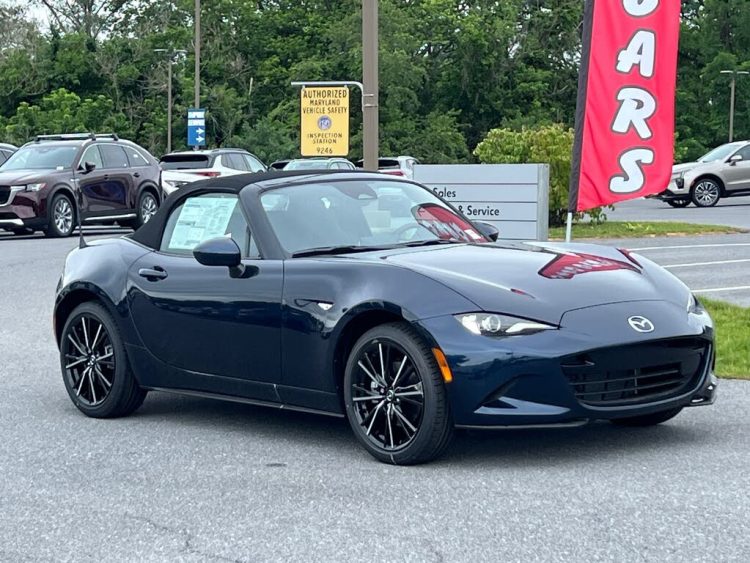












Discussion about this post